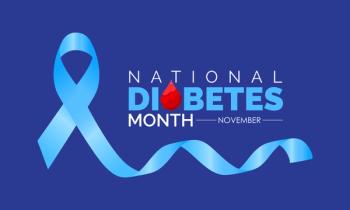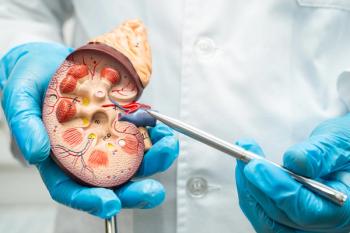
Calcium Channel Blocker Lowers Glucose Levels in Diabetics
Verapamil shows promise for patients with type 1 diabetes or type 2 diabetes and damaged beta cells.
Researchers have found an association between the drug verapamil and lower fasting glucose levels for patients with diabetes.
The study performed by scientists at the University of Alabama at Birmingham (UAB) was published in Diabetes Research and Clinical Practice. Researchers sought to explore the association between calcium channel blockers and verapamil plus a fasting serum glucose.
The study used nearly 5000 diabetic adults with a sampling that included 1484 calcium channel blocker users and 174 patients who use verapamil.
The results of the study showed that those who used calcium channel blockers had 5 mg/dL lower serum glucose than those who didn’t use. While verapamil users had an average of 10 mg/dL lower serum glucose in comparison to calcium channel blocker non-users.
"This is a cross-sectional observational study unlike the current prospective randomized UAB verapamil clinical trial, so we can't infer causal relationship between using verapamil and lower glucose levels, but we can say there is an association with lower glucose levels, and that is absolutely encouraging," said study researcher Yulia Khodneva, MD, PhD.
The study also showed a difference among insulin users who took verapamil. Patients who use insulin in combination with oral medication had a 24 mg/dL lower serum glucose.
"The change in glucose for that group compared to those not taking verapamil -- 37 mg/dL -- is almost 4 times higher than when you look at the whole sample of diabetic adults," Khodneva said. "That made us think that verapamil is predominantly active for participants who have type 1 diabetes or those with type 2 diabetes who have really damaged beta cells. There seems to be something that works on the structural level, especially for those who have stronger beta-cell damage."
Furthermore, verapamil users who took insulin alone showed a 37 mg/dL lower serum glucose.
The verapamil clinical trial was announced in November 2014, with patient enrollment beginning in January 2015. It will be about 18 months until results are seen on the efficacy of verapamil for patients with type 1 diabetes.
The trial will focus on promoting pancreatic beta cells that produce insulin needed to control blood sugar levels. It’s been proven by UAB scientists that high blood sugar causes the body to overproduce the protein TXNIP. This protein increases in the beta cells in response to diabetes. However, it was not known to have importance in beta cell biology.
When there is too much of the protein TXNIP in the pancreatic beta cells, it leads to their death, stopping the production of insulin.
Verapamil is currently used to treat high blood pressure, irregular heartbeat, and migraine headaches. However, they can also lower TXNIP levels when calcium concentration in beta cells decreases.
In mouse models with diabetes and blood sugar levels that are above 300 milligrams per deciliter, they were treated with verapamil, which reversed the disease.
"Dr. Khodneva has done a tremendous job analyzing these large data sets and discovering for the first time that verapamil use is associated with lower glucose levels in patients with diabetes," said principle investigator Anath Shalev, MD. "Strikingly, the observed difference in glucose levels is comparable to an approximately 1% reduction in HbA1C and to what would be expected from the addition of an approved diabetes drug. Moreover, the large difference in glucose levels especially in the groups taking insulin is consistent with our underlying hypothesis that verapamil promotes functional beta-cell mass."
Newsletter
Stay informed on drug updates, treatment guidelines, and pharmacy practice trends—subscribe to Pharmacy Times for weekly clinical insights.


















































































































































































































